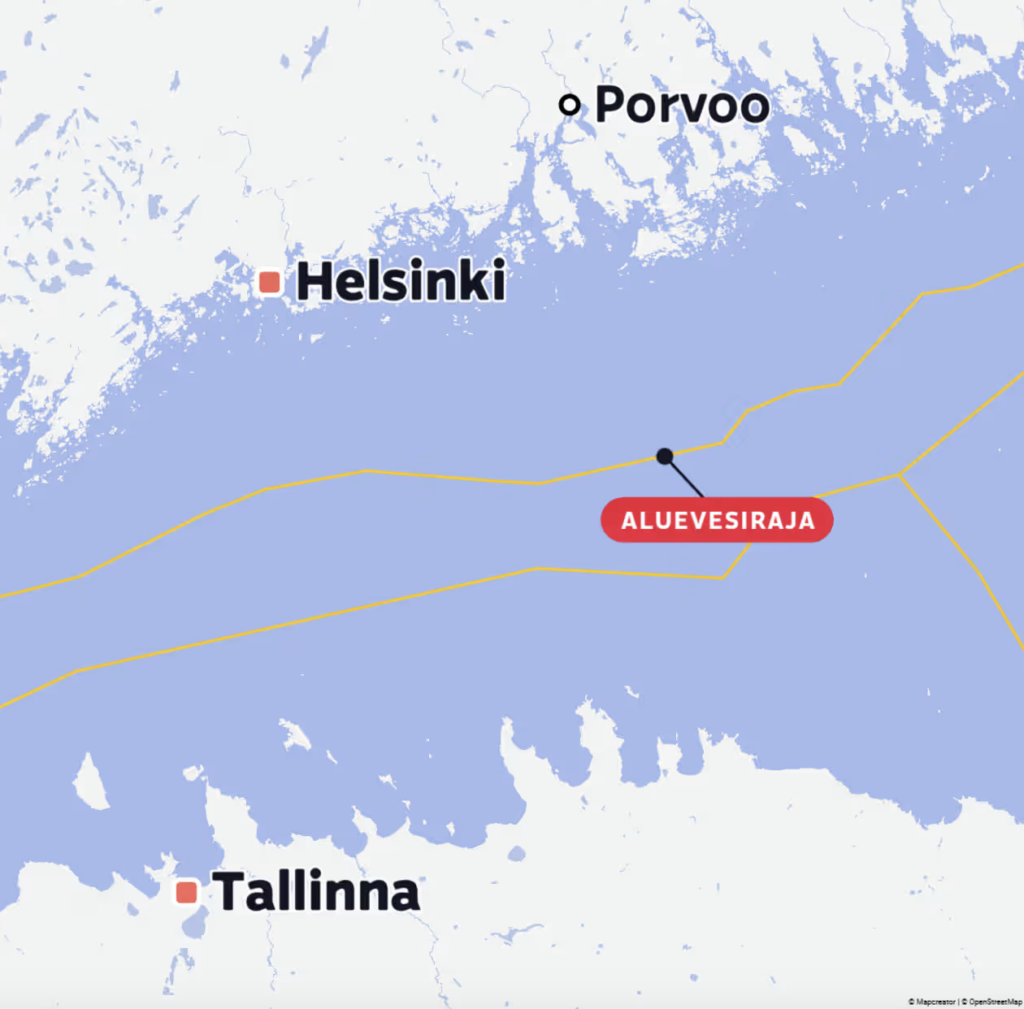ISW: Russia slows tank reserve use, turns to motorcycles and ATVs amid drone threats

Russia’s consumption of its pre-war Soviet-era tank stores “appears to be slowing,” according to the Institute for the Study of War (ISW), as Moscow increasingly shifts to using motorcycles and all-terrain vehicles (ATVs) on the battlefield in Ukraine.
Shift in equipment usage linked to depleted reserves
On 16 June, ISW cited a social media source that analyzes satellite imagery of Russian military depots. This source assessed that, as of a recent but unspecified date, Russia retained 46% of its pre-war tank reserves, 42% of its infantry fighting vehicle (IFV) reserves, and 48% of its armored personnel carrier (APC) reserves.
The data reflects only a modest decline from December 2024, when the same source assessed Russia had 47% of tanks, 52% of IFVs, and 45% of APCs still in storage. The adjusted figures stem from an update made on 15 June, when the source revised Russia’s original pre-war equipment estimates—adding 241 tanks, 174 IFVs, and 687 APCs—affecting percentage shifts accordingly.
The same source reported that most vehicle reserves have been withdrawn from eight key Russian depots. Based on this trend, the source concluded that Russia is likely to exhaust its remaining armored reserves by the end of 2025.
Surge in equipment activity near Finland
Satellite imagery also revealed what the source called a “dramatic” increase in nearly all types of military equipment deployed to a Russian base near Petrozavodsk, in the Republic of Karelia. This location lies approximately 373 kilometers from the Finnish border.
However, the source acknowledged that Russia may still hold additional vehicles in covered storage not visible via satellite surveillance, according to ISW.
The Wall Street Journal reported on 27 April that a senior Finnish military official claimed Russia is sending “almost none” of its newly manufactured tanks to Ukraine.
Frontline use of motorcycles and buggies grows
ISW noted that the slowing consumption of tank reserves aligns with an observed increase in the use of motorcycles and buggies on the Ukrainian frontline. Since late fall 2024, Russian troops have employed these unarmored civilian vehicles more frequently, especially in contested “gray zones” shaped by Ukrainian and Russian drone activity.
Combat footage reviewed by ISW confirms this shift, with lighter and faster vehicles used to counter the vulnerability of traditional armored units to drone strikes. The think tank previously linked this trend to the heavy armored vehicle losses sustained by Russian forces in late 2023 and 2024.
Tactical gains come at high cost
While these adaptations have allowed Russian troops to make minor tactical advances, ISW emphasized they come at the expense of significant infantry losses.
“ISW previously assessed that Russian armored vehicle losses are unsustainable and are undermining Russia’s ability to sustain a protracted high-intensity war, but it remains unclear if Russia’s increased reliance on motorcycles and buggies will be sufficient to offset these losses in the medium- to long-term,” the think tank wrote.
